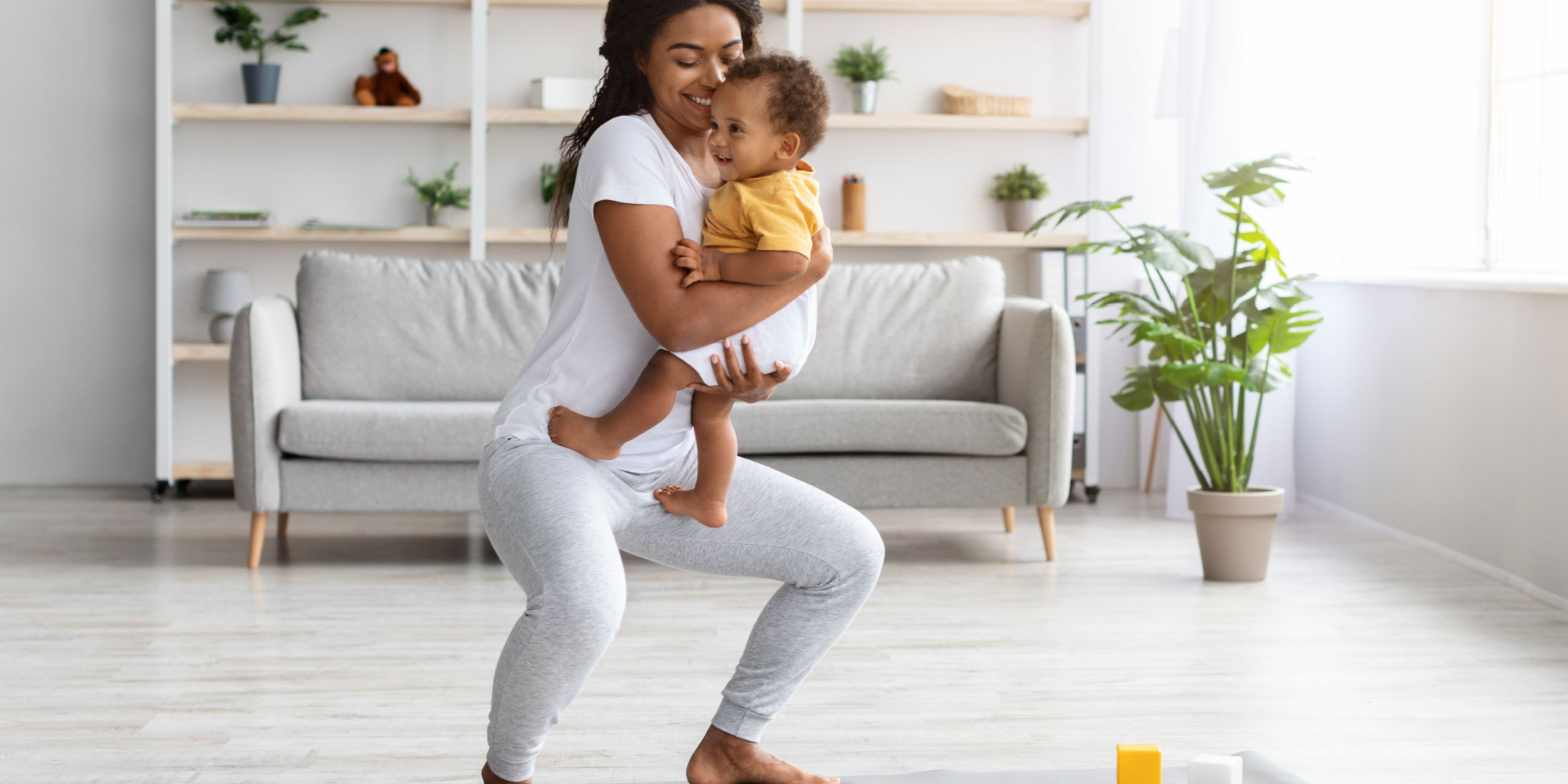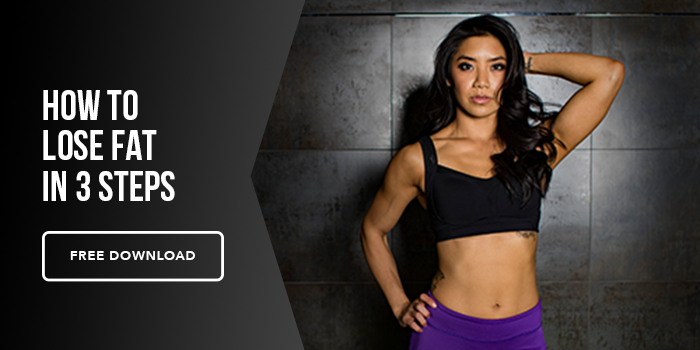It can feel so daunting to start working out again after having a baby. Energy levels are probably low, the stress of caring for a newborn can feel overwhelming, and it can be discouraging to not fit into pre-pregnancy clothes.
This article will dive into applicable tips that can jumpstart your routine, help you stay on track, and contribute to enhancing your overall health.
Reach for protein-rich snacks
It is SO EASY to gravitate toward carb-heavy foods that tend to soothe the soul and comfort you at times of stress and uneasiness. Doing so every once in a while isn’t wrong, but you should normally try to eat snacks rich in protein. The protein helps keep you fuller longer, and because of protein’s thermic effect, it can aid in overall calorie burn. The thermic effect of food (TEF) is calories burned from digestion. Although it only accounts for 10% of total daily calories burned, protein’s TEF is higher compared to carbs and fat. This means it takes more energy, or calories, to digest protein than fat and carbs.
What does protein have to do with exercise? Without the right amount of protein in your diet, you risk not gaining muscle you are working so hard for during your gym sessions. Aim for .8 to 1.2 grams of protein per kilogram of body weight a day. If you really want to amp it up, shoot for .8 to 1.2 grams of protein per pound of body weight.
If you need some snack ideas that are high in protein, we really like Kreatures of Habit oatmeal, and Paleovalley beef sticks.
Start at a reasonable intensity
Whether you are an experienced lifter or not, you will not be able to lift the same weight, at the same level, as you did before you were pregnant. Start lifting at 50 to 70% of what you were lifting before as a way to just wake up the body and reignite that mind/body connection. If you go right into where you left off, you will have a greater chance of injury.
There is no rush; you would much rather lift smart and see steady progress, as opposed to initially start at a high intensity, injure yourself, and then not be able to work out at all.
Lift and walk
Most women think they need to focus on cardio to lose the baby weight; yes, you need to move more, but cardio is not the answer for long-term success. If you can start lifting weights 3 days a week for 45 minutes each day, and go for 30-minute daily walks, you will be well on your way to feeling like your old self.
If cardio is normally your go-to, or you just absolutely love running, cycling, etc., you can incorporate it into your routine. Pick two days out of the week that you aren’t lifting, and start with 10 to 20 minutes for your first cardio session.
Optimally, you should focus more on building muscle, where strength training is prioritized, then go on a “cut”, where cardio is then used to lose excess pounds. This needs to be done in this order, because we want to build then maintain muscle, so that when you do start doing more cardio, the percentage of muscle lost won’t be as high compared to losing weight just doing cardio. We don’t want to lose muscle! I know this sounds like a lot (and it is!), so just remember that it is a process, and these changes don’t happen overnight.
In the end, what we really want to do is gain muscle to ultimately build a functional and sound metabolism moving forward. A faster metabolism helps you burn more calories at rest, and successfully keep the weight off than from just cardio and dieting.
Work on your core
Obviously, your body has been through some changes the last year. It is so important to work on rebuilding strength in your core. Not doing so will make heavier lifts harder, and can put added stress on other muscles and joints.
Bird Dogs, Glute Bridges, Dead Bugs, and Planks are your friends! Mind Pump has some really great examples of how to perform these movements on their Youtube channel.
Total-body workouts
My last tip would be to focus on total-body workouts instead of a split-routine, at least for the first 2 to 3 months.
Workouts that blast just the upper and lower body, or push and pull muscles, will feel pretty taxed after not being challenged at that capacity in the past year. And this goes for those who are seasoned lifters, and those new to working out.
Your body has been more so focused on growing and nourishing your baby, not maximizing muscle growth. Hitting each muscle group once or twice each workout is the best way to reintroduce yourself to your new workout routine.
Because in all honesty, that first workout after having a baby will be tough! But with hard work and consistency, I promise it will get easier.






